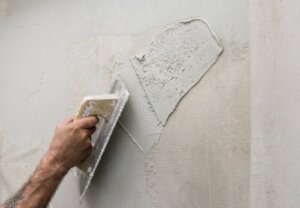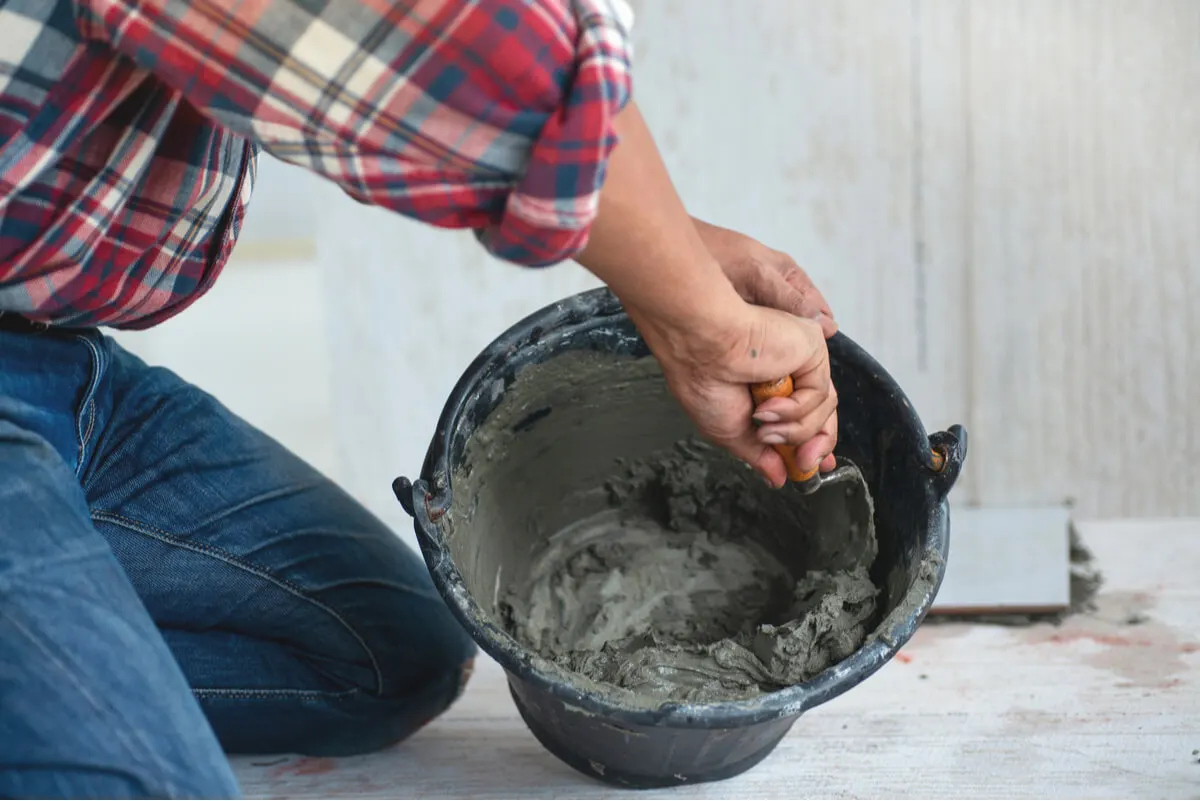What Is Microcement and What Is It Used For?

The new advances in the world of construction never cease to surprise, as new products appear that facilitate the tasks of refurbishment, DIY, and decoration. On this occasion, we’ll be talking about what microcement is and what it’s used for.
First, we’ll review what this material consists of, its advantages, and where you apply it, and to what surfaces and objects. We can assure you that it’s very easy to handle, so you can perform tasks on your own without hiring a professional.
What is microcement?
As its name suggests, it’s a material that consists of cement, resins, additives, and some mineral pigments that provide different colors. The different shades are a great advantage, because it gives us the option to choose a tone that adapts and combines with the rest of the elements that are in any given place.
If we wish, we can use it as we would the classic gray cement.
It’s also a material that can be applied to horizontal and vertical surfaces without any problems. Floors, walls, and furniture can be covered with microcement and achieve modern, elegant, and very neat finishes.
On the other hand, it can be used on surfaces that are both indoors and outdoors. In general, a fine finish is preferred for the former, while for the latter, a medium or thick one.

What are the advantages of microcement?
This innovative method of coating different surfaces has many benefits. It’s highly resistant to temperature variations, scratches, and shocks. Although it does scratch, it doesn’t do so easily.
Secondly, we’ll mention the issue of cost. It’s relatively inexpensive, as it can be applied on top of the material we already have as a base (porcelain, tiles, ceramics, paint). It isn’t necessary to remove what’s already there and that’s a great saving.
Thirdly, microcement offers maximum adhesion. In this sense, it’s possible to apply it on a marble table or on bathroom tiles without a problem. In this type of very low porosity surfaces, a primer is applied beforehand to prepare it.
Microcement requires very little maintenance. It isn’t recommended to use very abrasive products to clean it, but simply warm water and neutral soap. We would add here that it doesn’t have expansion joints, which avoids the accumulation of dirt.
It comes in various colors and is very easy to apply. You’ll need to follow the instructions for use and have at least 4 or 5 days, as it requires different processes with their drying times.
Finally, an issue that is of utmost importance in the case of floors, is the final thickness of the layer. If you plan to remodel, you can use microcement without the need to file the doors afterwards. This is because the maximum thickness it reaches is 3 millimeters, so the operation of the doors won’t be affected.
Maybe you are interested in: Eco-Friendly Decoration: Sustainable Ways To Decorate Your Home
Microcement applications
As mentioned at the beginning, this material is mainly used to coat various surfaces. These can be walls, floors, and different items of furniture, such as countertops or tables. Below, we’ll detail the most common uses given to it.
1. Furniture
Microcement is ideal for covering furniture inside and outside the home. By offering a wide range of finishes, you can play with rustic or elegant styles.
In the case of outdoor furniture, it’s common to see benches and garden tables covered with microcement. Remember that it comes in various colors, so there’s sure to be a shade that suits your garden. It’s very resistant to climatic factors, which makes it a favorite among those who plan to refurbish their outdoor furniture.
It’s also used to cover bathtubs, and bathroom and kitchen countertops. It’s ultra-resistant to humidity.
2. Floors and walls
This material is ideal for covering floors and walls, because of its low cost. It’s very easy to apply and brings a modern touch to different environments. In the case of floors, a special plastic mesh is placed on them to add more resistance.
3. Bathrooms
Microcement is increasingly used in bathrooms because it resists humidity and is very easy to clean. Whether it’s a wall, floor, bathtub or countertop, this material is so versatile, and it can be used in many possible ways.
You might be interested in: Decorate the Bathroom with Plants: 7 Ideas
4. Stairs
Covering a staircase with microcement will give you excellent results. It looks great if you combine it with wood and iron, two distinguished elements in construction.
5. Swimming pools
Covering the area around the pool with microcement is a very wise idea. This is because it’s non-slip, decorative, and resistant to UV rays.

Microcement is a practical and decorative solution
We hope that these different ideas for microcement and its uses serve as a trigger of ideas so you can apply it and adapt it to your own circumstances. Our final recommendation is that you read and follow the manufacturer’s instructions to the letter to avoid mistakes that may affect the results you’re looking for.
All cited sources were thoroughly reviewed by our team to ensure their quality, reliability, currency, and validity. The bibliography of this article was considered reliable and of academic or scientific accuracy.
- Duda, W. H. (1977). Manual tecnológico del cemento. Reverté.
- Fallas, G. G., Madrigal, C. H., García, M. P., Valenciano, I. R., Vega, L. D. R., & Guzmán, G. S. (2012). Efecto de la variación agua/cemento en el concreto. Tecnología en marcha, 25(2), 80-86.
- Gómez, A. M. (1996, September). Los materiales de construcción y el cambio estético: sobre la estética del hierro y el cemento. In Actas del Primer Congreso Nacional de Historia de la construcción(Vol. 19, p. 21).
- Giraldo Bedoya, A. M. (2015). Manual De Acabados.
- Penadés Sanz, J. (2015). Análisis y estudio del microcemento(Doctoral dissert
- Sánchez Paz, L. (2020). Centro de restauración de bienes muebles.
This text is provided for informational purposes only and does not replace consultation with a professional. If in doubt, consult your specialist.








